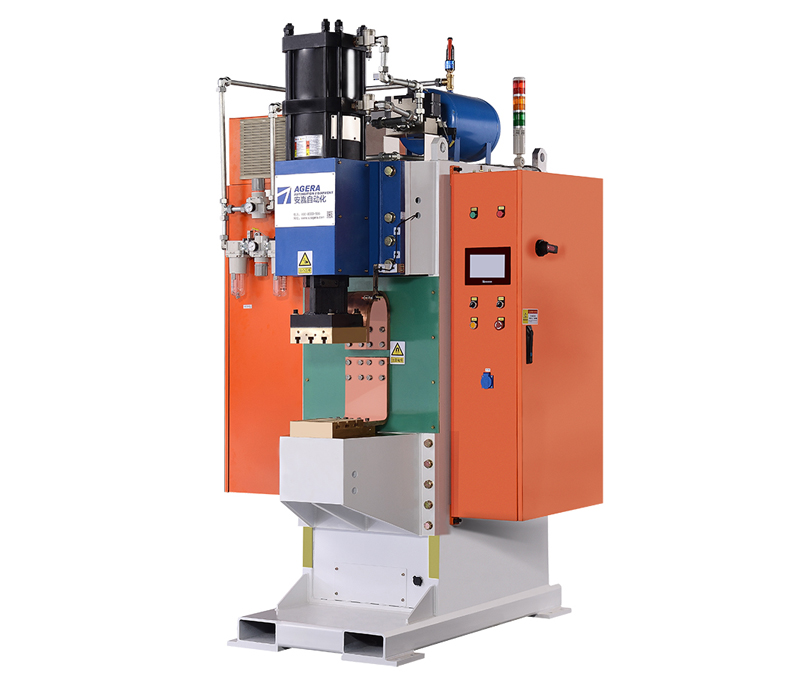The world of modern manufacturing is a realm of precision and innovation, where even the smallest details can have a significant impact on the final product. One such crucial detail is the welding process, especially when it comes to capacitor energy storage spot welding. In this article, we will delve into the intricacies of the process parameters involved in this cutting-edge technology.
1. Energy Storage Capacity (ESR): The ESR is a pivotal factor in capacitor energy storage spot welding. It determines the amount of energy the capacitor can store and subsequently release during the welding process. The higher the ESR, the more energy is available for a stronger, more consistent weld.
2. Voltage: The voltage setting plays a critical role in the welding process. It influences the intensity of the electrical discharge and, consequently, the strength of the weld. Proper voltage control is essential to avoid over-welding or under-welding, ensuring the best possible results.
3. Current: Controlling the current is essential to regulate the heat generated during welding. Too much current can result in material damage or expulsion, while too little may lead to weak welds. Achieving the right balance is the key to a successful spot weld.
4. Welding Time: The welding time, often measured in milliseconds, determines the duration of the electrical discharge. A well-calibrated welding time ensures that the heat is applied for the correct duration, leading to a strong bond without damaging the materials being joined.
5. Electrode Pressure: The pressure applied by the electrodes is crucial for achieving a uniform and strong weld. Proper electrode pressure ensures that the materials are held together firmly during the welding process, promoting a robust joint.
6. Electrode Material: The choice of electrode material is another vital consideration. Different materials may be suitable for various applications, depending on factors such as conductivity and durability.
7. Electrode Shape: The shape of the electrodes can significantly influence the quality of the weld. Optimal electrode designs distribute heat and pressure evenly, resulting in consistent and reliable welds.
8. Pulse Shaping: The shaping of the electrical pulse, which includes parameters like pulse width and waveform, can be adjusted to fine-tune the welding process. This customization allows for precise control over the weld’s characteristics.
In conclusion, capacitor energy storage spot welding is a complex and highly adaptable process, offering a wide range of parameters for optimization. Manufacturers must understand and control these parameters to achieve the best results for their specific applications. With the right balance of energy storage capacity, voltage, current, welding time, electrode pressure, electrode material, electrode shape, and pulse shaping, the potential for creating strong and reliable spot welds is boundless. Mastering these parameters is the gateway to harnessing the full potential of this cutting-edge technology in the world of modern manufacturing.
Post time: Oct-13-2023



